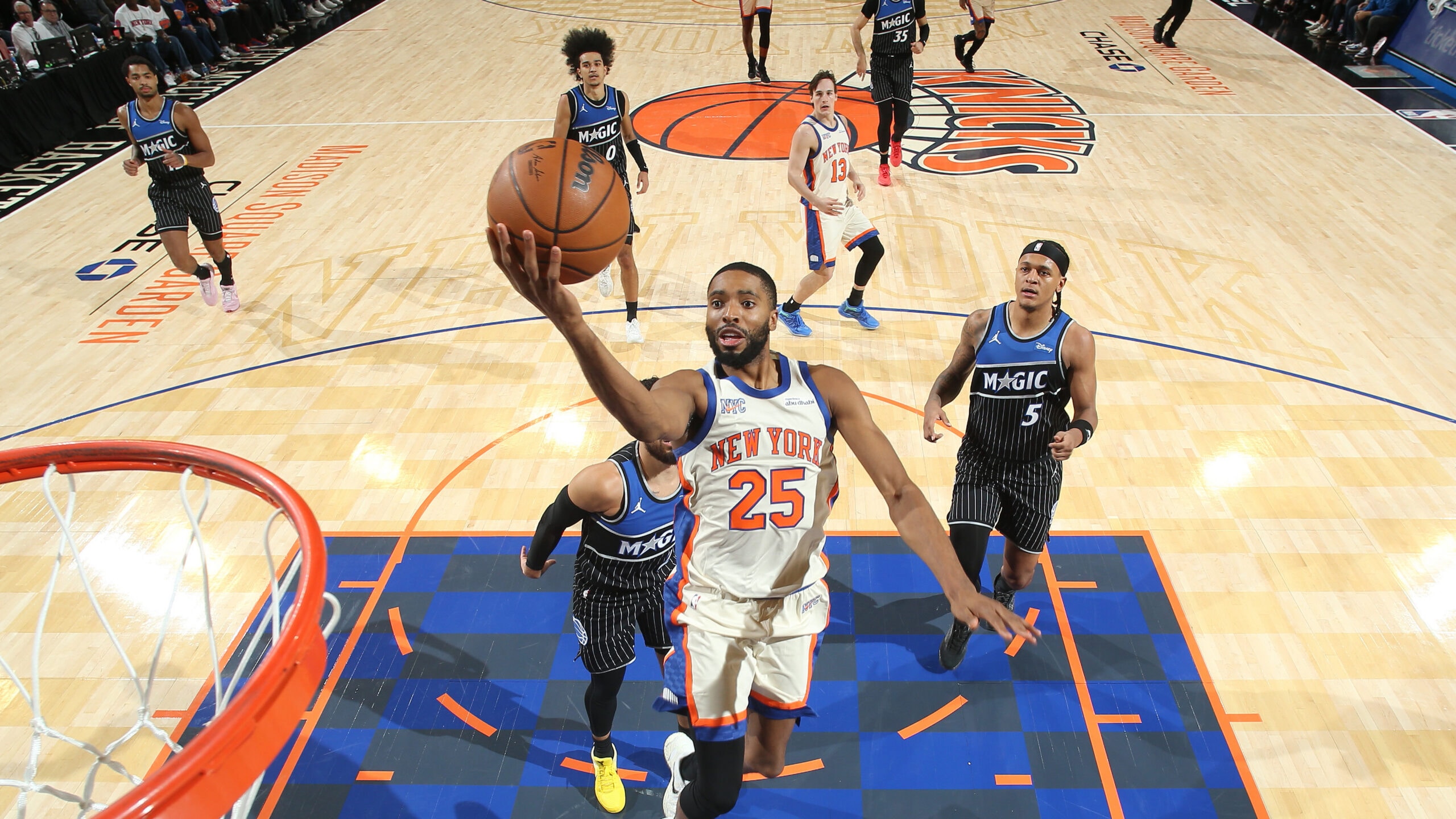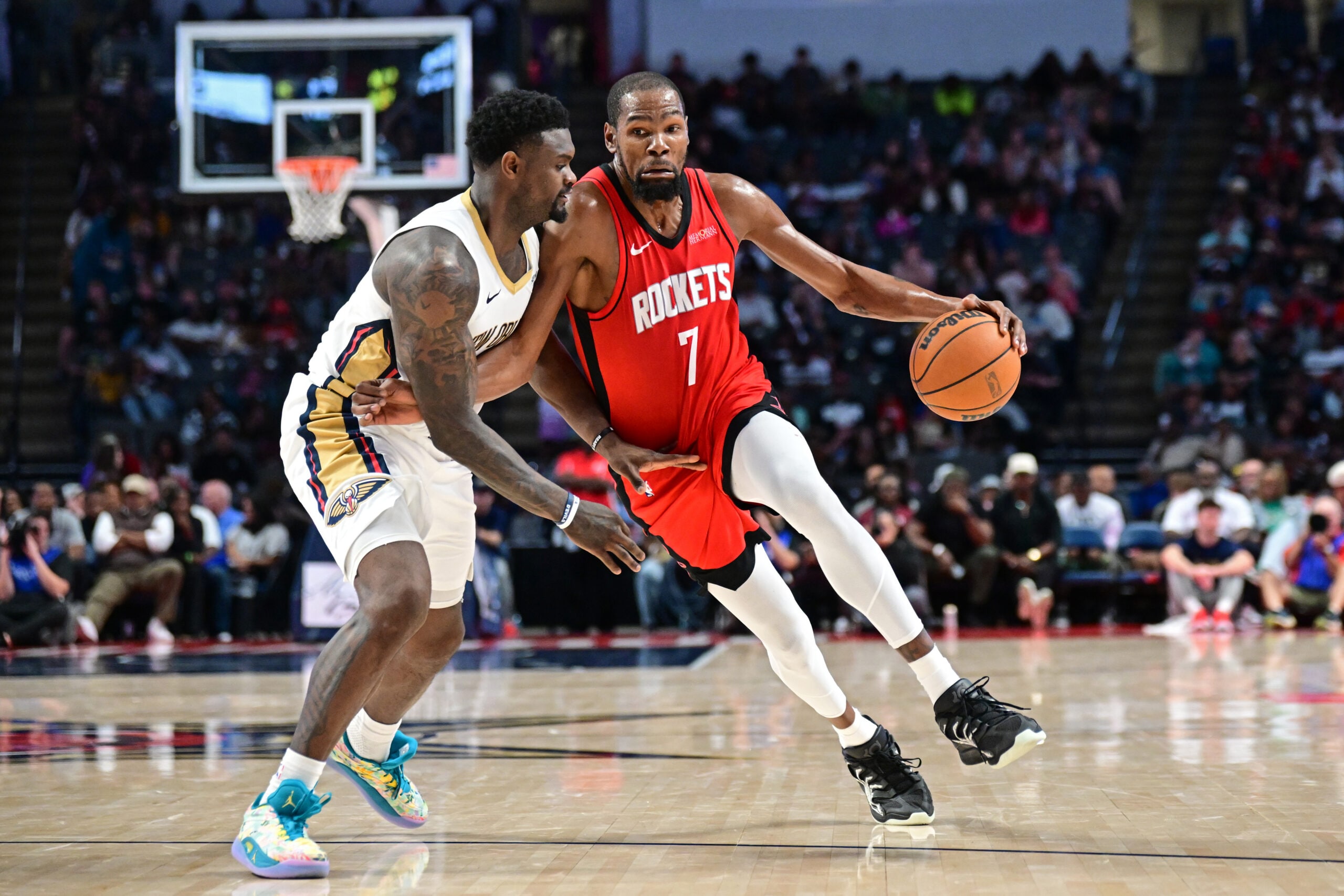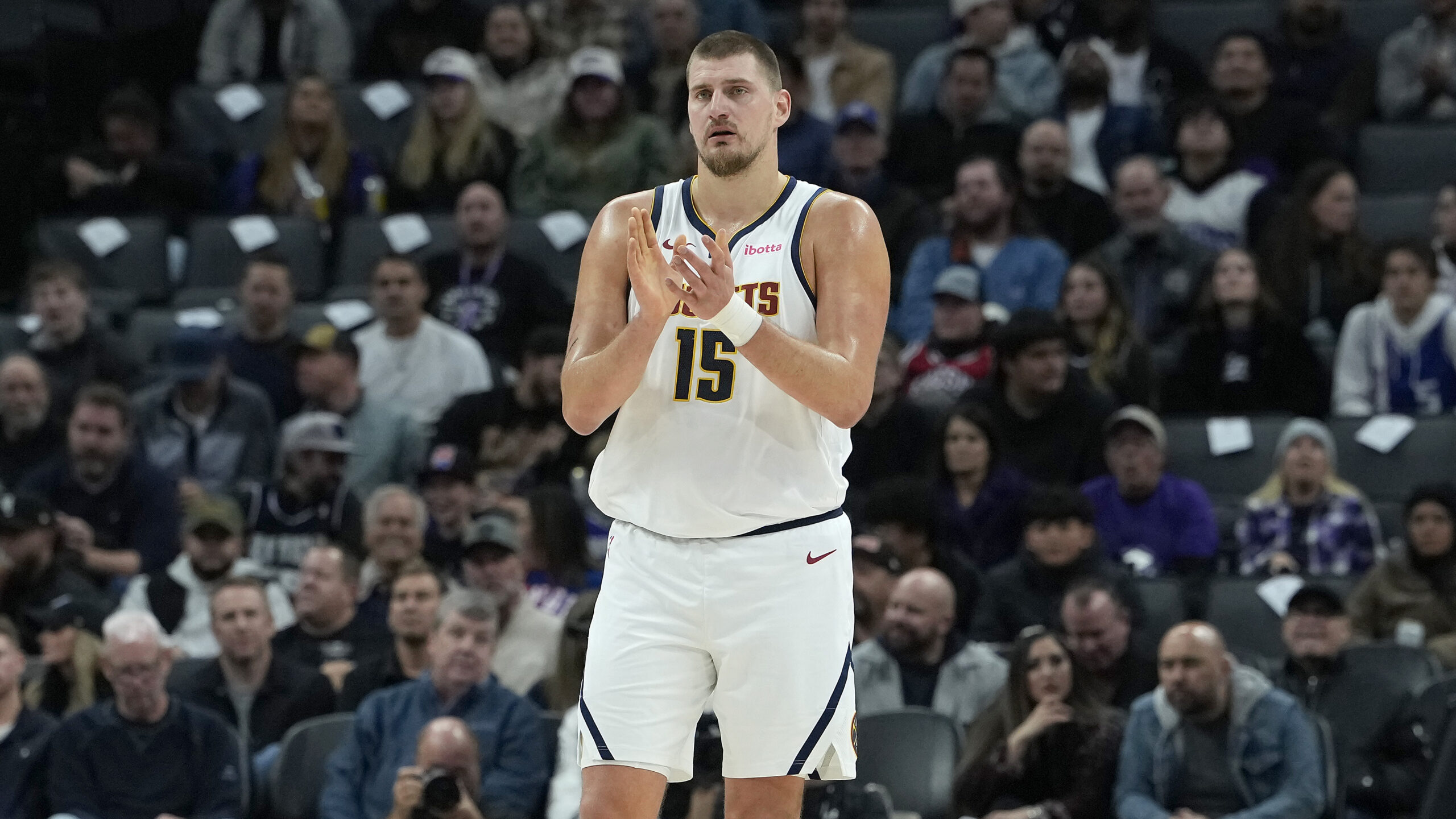
Paul Arizin didn’t invent the jump shot, but he did tailor his own unique alterations as it evolved. Leaping as no one had before, almost pausing in air as a means of avoidance, Arizin released the ball sometime during his defender’s descent. It was part of the new game being played at the time — with players increasingly leaving their feet — and Arizin, as much as he detested attention or credit, must forever be acknowledged for his responsibility in making body control a vital part of a game.
Despite the subsequent scoring titles and his role in Philadelphia’s 1956 championship, it is Arizin’s relationship with the jump shot that resonates most with the game’s historians when recalling his impact. Likewise, he possessed perhaps the most analyzed respiratory system in the game’s history. With the ball, he was a study in athleticism and grace. Without it, he puffed and panted up and down the floor; teammates concerned for his welfare, opponents secretly hoping it would force him to relent. It served as a fascinating contradiction to a truly wonderful player who starred for the league in its infancy.
So where does one stand when reviewing Arizin’s career? He is a name from the faraway past, occupying a somewhat shaded area of his generation when measured with contemporaries George Mikan and Bob Cousy. That’s where we come in. Here, you get the total overview: Was his breathing issue real? Was he fond of the nickname, “Pitchin’ Paul?” What type of game did he have? Consider this your starter kit — Arizin 101.
Arizin’s professional arrival saw him finish fifth in the NBA in scoring as a rookie. In his second season, 1952, he authored one of the greatest seasons by a forward to that point, unseating George Mikan as scoring leader while being named first-team All-NBA. In an era before the league issued a Most Valuable Player award, Arizin was tabbed by the Met Basketball Writers Association as the “Most Valuable Pro Player,” besting the likes of Mikan, Cousy, and Dolph Schayes. It’s a transformation unlike anything in the game’s history — five years removed from a freshman season at Villanova where the experience was purely academic, with intramurals the only form of basketball in his life. Now he was one of the greatest players in the world.
The finishing touch on that season was Arizin’s performance at the All-Star Game in Boston. He scored 26 points while being named the game’s Most Valuable Player, leading the East to victory. The logical question here is: Do highlights of that game exist? Yes. They’re black and white, somewhat foggy, and the players are a little hard to see. But the real gem here is we are going to take you inside the locker room before the game. Get your autograph book — it’s time to meet the All-Stars.
Arizin was at the top of his game upon completion of the 1952 season. But that summer he was drafted into the U.S. Marine Corps, putting his basketball career on pause. The next time the league’s reigning scoring leader appeared in an NBA game? More than two years later — the 1954-55 season. Yet 28 months of military service did not mean 28 months without basketball. In both 1953 and 1954, Arizin was the leading vote-getter for the All-Service first-team while a member of the Quantico (Virginia) Marines. And while it seems unfathomable that a player of Arizin’s stature would effectively disappear from professional sports at the onset of his prime, one must remember this was a generation proud to fulfill its duty, whenever called.

Arizin embraced that period in his life, in fact the experience was a positive one. Here, Arizin reflects on his time in the Marines and transition back to professional basketball in 1954. Remarkably, what awaited beyond that was the pinnacle of his career — a championship in his hometown.
Philadelphia defeated Fort Wayne in five games for the championship in 1956, earning the Warriors their first title since 1947, and it was Arizin who led them there. Never before had a forward scored more than his 289 points in a single postseason, and only a fella who went by “Mr. Basketball,” the mythical Mikan, had exceeded that total in playoff competition.
In the deciding game of the Eastern Division Finals, with a spot in the championship series awaiting the victor, Arizin scored 35 points in taking down the defending champion Nationals and Dolph Schayes. The Finals brought another potent offensive weapon in the form of George Yardley of the Pistons, and once again, Arizin emerged. He averaged 27.6 PPG in the series as the Warriors romped, in the process reserving an eternal spot at the table of Philadelphia’s basketball royalty.
Let’s get back to the archives: With the 1956 Finals deadlocked at 1-1, it’s Game 3, Pistons vs. Warriors.

Arizin averaged more than 20 points per game in each of his eight seasons upon returning from the Marines, including a career-best 26.4 in 1959. At the time of his retirement in 1962, Arizin had scored more points in franchise history than any other player. When the Warriors exited Philadelphia for San Francisco, Arizin made an exit of his own — from the NBA. Departing as quiet and unassuming as he had entered, Arizin happily entered his second career as a member of the work force, far away from the spotlight of professional basketball.
But before today’s education on this often-overlooked legend concludes, here’s a super rare treat from the vault: An interview from Arizin’s playing days. It’s from November 1957. Bill Russell and the Celtics were in the process of constructing a dynasty. Elgin Baylor and Wilt Chamberlain were in the not-too-distant future. As for Arizin, he was only two years removed from delivering Philadelphia a title, and had just earned his second scoring crown, further entrenching him as one of the elite forwards in the game. As for the weapon he was helping popularize — the ever-evolving jump shot? In the NBA, it was becoming commonplace.









